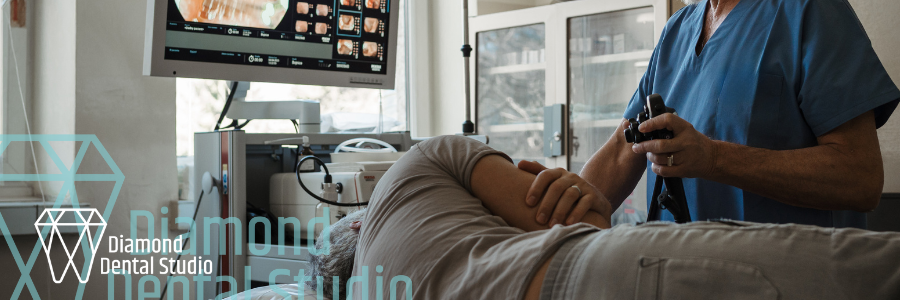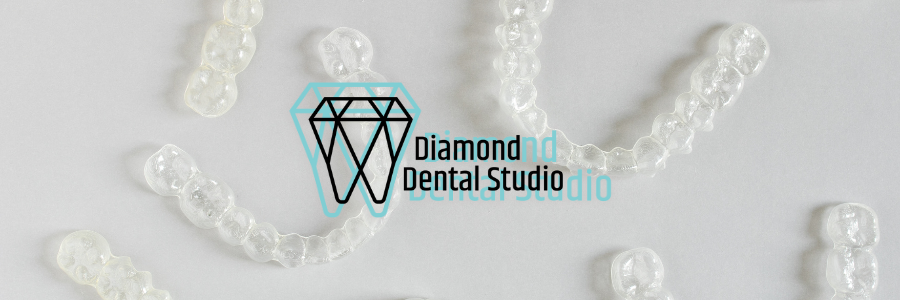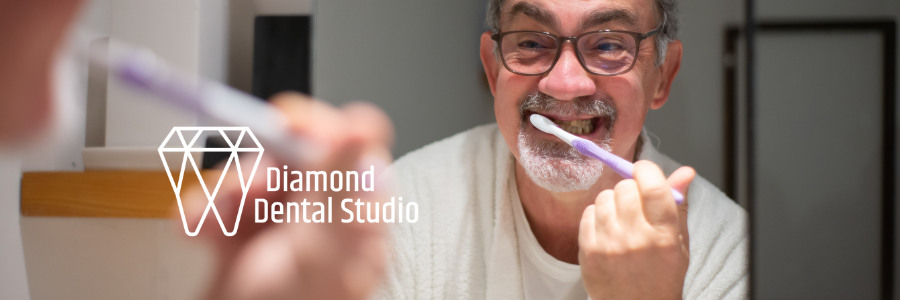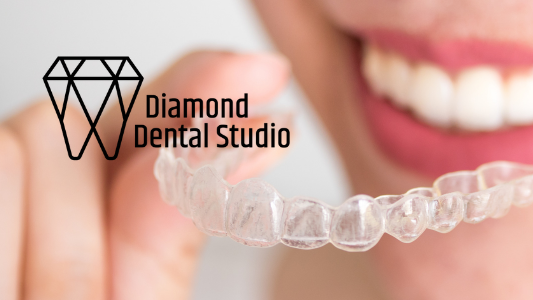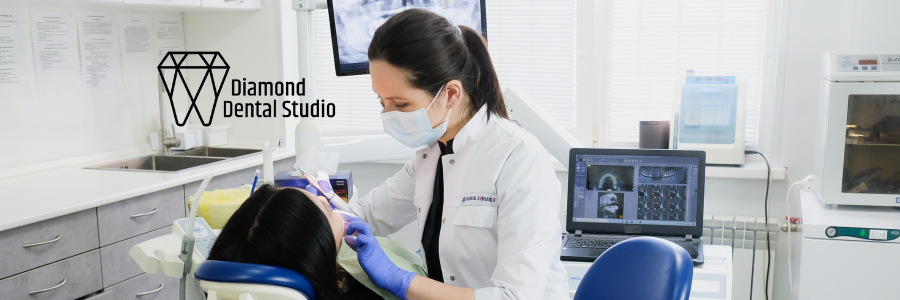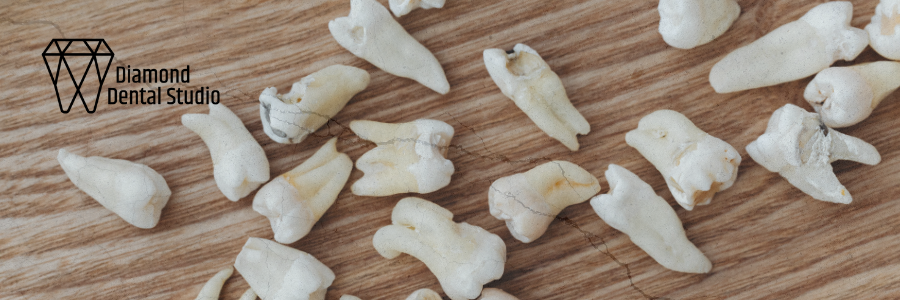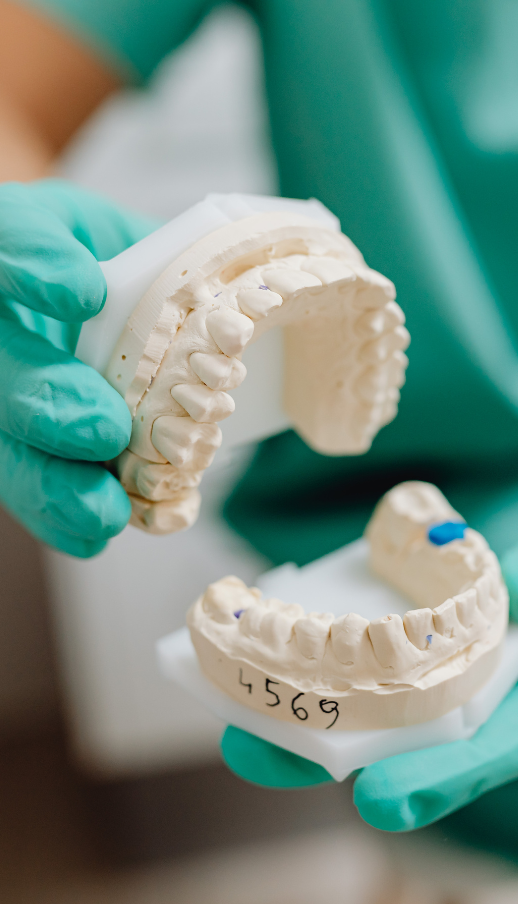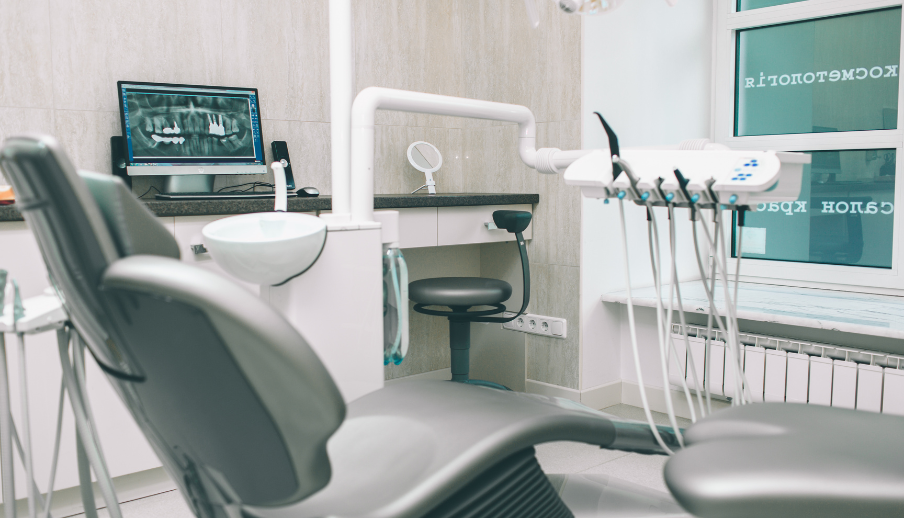Recognizing the Signs: When a Tooth Extraction Becomes Necessary
Nobody wants to hear the words, "You need a tooth pulled."
At Diamond Dental Studio, we understand that the thought of a tooth extraction can be a source of stress. Our philosophy, led by Dr. Faith-Roselle Barreyro, is always to save your natural teeth whenever possible. However, there are times when removing a tooth is actually the kindest and healthiest thing you can do for your smile and overall well-being.
Whether due to severe decay, trauma, or crowding, recognizing the signs early can save you from prolonged pain and more complex procedures down the road. Here is how to know when an extraction might be the necessary next step.
Severe Tooth Decay and Cavities
Sometimes, even with diligent brushing and flossing, decay can progress aggressively. When a cavity expands beyond a simple "spot," it begins to compromise the structural integrity of the tooth.
When Decay Reaches the Pulp
The pulp is the soft center of your tooth, containing nerves and blood vessels. When decay breaches this inner sanctum, it opens the door for bacteria, leading to infection. You might experience:
- Sensitivity to hot, cold, or sweet foods.
- Spontaneous aching without any trigger.
- Sharp pain when biting down.
In many cases, a root canal can save the tooth. However, if the infection is too severe or the tooth structure is too compromised to hold a crown, extraction becomes the safest option to stop the infection from spreading.
Extensive Cavities Beyond Repair
Think of a tooth like a building. If you remove too many walls (tooth structure) to clear out the decay, the building cannot stand. If there isn't enough healthy tooth left to support a filling or a crown, extraction is necessary to prepare the area for a reliable replacement, such as a dental implant.
Advanced Gum Disease (Periodontitis)
Gum disease is the leading cause of tooth loss in adults. When gingivitis progresses to periodontitis, it attacks the ligaments and bone that hold your teeth in place.
Signs of Mobility and Bone Loss
As the infection eats away at the jawbone, teeth lose their anchor. At Diamond Dental Studio, we often see patients who ignore a "wobbly" tooth, hoping it will tighten up on its own. Unfortunately, once significant bone loss occurs, it is often irreversible.
- Teeth shifting or drifting out of alignment.
- New gaps are forming between teeth.
- Changes in your bite pattern.
In these cases, extracting the tooth can stop the infection from destroying more of your jawbone, preserving the foundation for future restoration.
Impacted Teeth: The Wisdom Tooth Dilemma
Sometimes, the issue isn't disease, but a lack of space. This is most common with wisdom teeth (third molars), which usually emerge in the late teens or early twenties.
Complications from Impaction
If a tooth doesn't have room to erupt, it becomes "impacted"—stuck beneath the gum or bone. This can cause:
- Pressure and pain in the back of the jaw.
- Damage to adjacent teeth occurs as the impacted tooth pushes against them.
- Cysts form around the tooth.
- Hygiene issues, as the area becomes a trap for food and bacteria.
We proactively monitor wisdom teeth at our San Diego office to recommend extraction before these painful symptoms begin.
Tooth Fractures and Trauma
Accidents happen. Whether it’s a sports injury, a fall, or biting down on a popcorn kernel, trauma can break a tooth.
Cracks Below the Gumline
Not all chips are emergencies, but a vertical root fracture or a crack that extends below the gumline is a serious issue. These cracks serve as a pathway for bacteria to penetrate deeply into the jawbone. Because these fractures generally cannot be sealed or repaired, extraction is required to prevent deep infection and abscesses.
Persistent Dental Infections (Abscesses)
An abscess is a pocket of pus caused by a bacterial infection. It is your body’s signal that it is losing the fight against bacteria.
When to Take Action
If you have an abscess that won't heal—or if a previous root canal fails and the infection returns—keeping the tooth may be dangerous. Signs of a spreading infection include:
- Swelling in the jaw, face, or neck.
- Fever or feeling generally unwell.
- A bad taste or smell in the mouth.
Leaving an infected tooth in place can allow bacteria to spread to other parts of the body (systemic link). In these instances, extraction is a critical step to protecting your overall health.
Life After Extraction: Restorative Dentistry
The fear of a "gap" in your smile is often worse than the extraction itself. But modern dentistry offers incredible solutions.
At Diamond Dental Studio, we don't just pull teeth; we plan for your future smile. Before we even begin the procedure, we can discuss restorative options such as:
- Dental Implants: The gold standard for replacing missing teeth.
- Dental Bridges: Using neighboring teeth to bridge the gap.
- Partial Dentures: For replacing multiple missing teeth.
Don't Let Fear Keep You in Pain
If you are experiencing severe pain, loose teeth, or swelling, ignoring it will only make the treatment more complex later.
We specialize in helping anxious patients. From our Wallaby Therapeutic Hug Blanket to our gentle, non-judgmental approach, we are here to make your experience comfortable.
Do you suspect you might need an extraction?
Let’s take a look and get you out of pain. Call us at 858-546-0500 or click here to
book your appointment
online.
Information provided in this blog post is for general educational and informational purposes only and is not a substitute for professional medical advice, diagnosis, or treatment. IV sedation is a medical procedure, and its safety, risks, and suitability must be discussed and assessed individually by a qualified healthcare professional. Always seek the advice of Dr. Faith-Roselle Barreyro or another qualified provider with any questions you may have regarding a medical condition or treatment plan.





